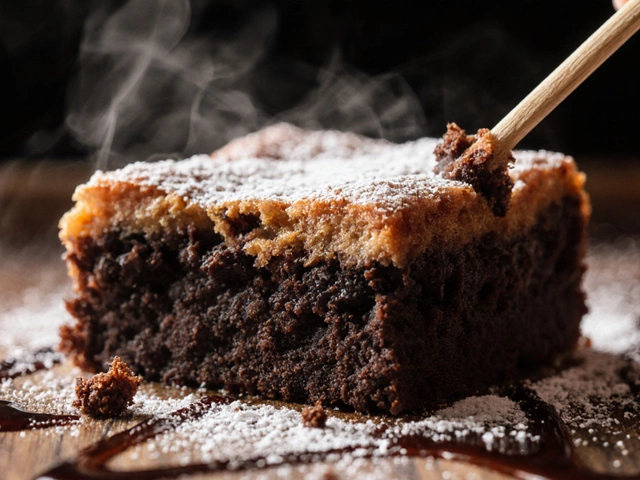Cheese Fat Content: What It Means and How to Pick the Right Cheese
When you look at a cheese label you’ll see a number for fat – that’s the cheese fat content. It tells you how much of the cheese is made up of fat versus protein and water. Knowing this helps you decide if you want a richer taste, fewer calories, or a cheese that melts just right.
Most cheeses fall into three groups: low‑fat (usually under 15% fat), reduced‑fat (around 15‑25%) and full‑fat (above 25%). Low‑fat cheeses like part‑skim mozzarella or cottage cheese have a milder flavor and a firmer texture. Full‑fat cheeses such as cheddar, brie, or gouda are creamier, melt smoother, and give a deeper flavor punch.
Reading the Cheese Label
The nutrition facts panel lists “Total Fat” in grams and often shows the percentage of calories from fat. Divide the grams of fat by the total weight of the cheese to get the fat‑by‑weight percentage. For example, 20 g of fat in a 100 g block means a 20% fat content.
Watch for terms like “part‑skim,” “low‑fat,” or “reduced‑fat.” These are regulated claims that usually mean the cheese meets a specific fat limit. If you’re counting calories, remember that each gram of fat adds about 9 calories, so a higher‑fat cheese adds more energy per bite.
Cooking with Different Fat Levels
Full‑fat cheeses melt faster and create a silkier sauce. Use them for macaroni and cheese, pizza, or grilled cheese sandwiches where stretch and richness matter. Low‑fat cheeses won’t melt as smoothly, so they’re great for sprinkling on salads, in wraps, or for a protein boost in smoothies.
If a recipe calls for a high‑fat cheese and you swap in a low‑fat version, you might need a little extra liquid or a splash of milk to keep the dish from drying out. Conversely, using a lower‑fat cheese in a sauce can make it watery, so let it simmer a bit longer to thicken.
Health‑wise, the type of fat also counts. Full‑fat cheeses contain a mix of saturated and monounsaturated fats. Some studies suggest that the saturated fat in dairy behaves differently than the same amount in meat, but it’s still wise to enjoy full‑fat cheese in moderation.
For weight‑watchers, a good rule is to stick with low‑fat or reduced‑fat cheese for everyday meals and reserve full‑fat cheese for special occasions or when you need that melt‑y goodness.
Another tip: pair cheese with high‑fiber foods like whole‑grain crackers or fresh fruit. The fiber helps balance the fat’s impact on blood sugar and keeps you fuller longer.
Finally, store cheese properly. Keep it in its original packaging or wrap it tightly in parchment and foil. This prevents it from drying out and keeps the fat from oxidizing, which can cause off flavors.
Understanding cheese fat content gives you control over taste, texture, and nutrition. Whether you’re aiming for a lighter snack or a decadent dessert, the right cheese makes all the difference.

Cheese Fat Content: Mozzarella vs Emmental
When comparing the fat content of mozzarella and Emmental cheeses, it becomes clear that each offers a unique nutritional profile. Mozzarella, known for its stretchy texture and mild flavor, generally contains less fat than Emmental, which is famous for its nutty taste and distinctive holes. Understanding the differences in fat content and nutritional value can help cheese lovers make informed decisions when incorporating these cheeses into their diet. Additionally, the article explores how to enjoy these cheeses without compromising on health goals.
View More



